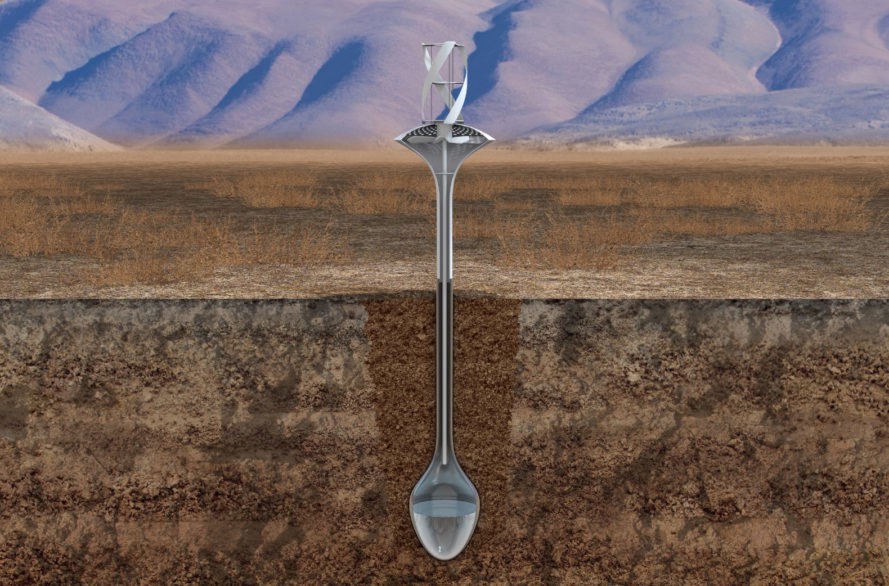Conquer Your Condenser Pan: The Ultimate Cleaning Guide

Let’s be honest, nobody *loves* cleaning. But some cleaning tasks are just unavoidable. Like dealing with that slimy, grimy water condenser pan lurking in your AC unit. Ignore it long enough and you're setting yourself up for a symphony of unpleasantness: musty odors, inefficient cooling, and even potential health hazards. But don’t despair! This guide will arm you with the knowledge and the power to conquer your condenser pan and restore your AC to its former glory.
Maintaining a clean water condenser pan is crucial for several reasons. A dirty pan can lead to the growth of mold and mildew, which can spread throughout your home and cause respiratory problems. Plus, a clogged pan can restrict airflow, forcing your AC unit to work harder, ultimately driving up your energy bills and shortening the lifespan of your system. So, how did we get here? How did this humble pan become such a critical component of modern comfort?
The water condenser pan’s existence is tied to the magic of air conditioning. As your AC cools the air, it pulls moisture out. That moisture condenses and collects in the pan, designed to drain the water away. It’s a simple, elegant solution, but if the drain gets clogged (think dust, debris, algae), you’ve got a problem brewing. And that's when things get… unpleasant.
Cleaning your water condenser pan is not rocket science, but there are a few key things you need to know. First, safety first! Turn off the power to your AC unit before you even think about touching the pan. Next, locate the pan. It’s usually located beneath the evaporator coil, inside the air handler. Once you’ve found it, prepare yourself for what you might encounter. It's not always pretty.
Once you've braced yourself, it's time to get cleaning. Removing standing water and loose debris is your first priority. A wet/dry vacuum can be your best friend here. After that, you’ll want to tackle any lingering grime. A mild detergent solution and a scrub brush can work wonders. Don’t forget to clean the drain line too! A clogged drain is the most common culprit for overflowing pans. A simple vinegar and baking soda solution can help clear things out.
Benefits of regularly cleaning your water condenser pan include: Improved air quality, increased AC efficiency, and extended lifespan of your AC unit.
Step-by-step guide to cleaning a water condenser pan: 1. Turn off the power to the AC unit. 2. Locate the condenser pan. 3. Remove standing water and debris. 4. Clean the pan with a mild detergent solution. 5. Clean the drain line. 6. Rinse the pan and drain line thoroughly.
Advantages and Disadvantages of Regular Cleaning
| Advantages | Disadvantages |
|---|---|
| Improved Indoor Air Quality | Requires Time and Effort |
| Increased AC Efficiency | Potential for Mess |
| Extended AC Lifespan |
Best practices: 1. Clean your pan monthly during peak cooling season. 2. Use a wet/dry vacuum for efficient water removal. 3. Use a mild detergent, avoid harsh chemicals. 4. Flush the drain line regularly. 5. Inspect the pan for signs of damage.
Real-world examples: A homeowner noticed a musty smell and discovered a dirty condenser pan. After cleaning, the smell disappeared. Another homeowner’s AC wasn't cooling efficiently. Cleaning the clogged pan solved the problem.
Challenges and Solutions: 1. Difficulty accessing the pan: Consult your AC manual. 2. Stubborn grime: Soak the pan in a detergent solution. 3. Clogged drain line: Use a drain snake or baking soda and vinegar.
FAQs: 1. How often should I clean my pan? Monthly during peak season. 2. What should I use to clean it? Mild detergent. 3. What if my drain line is clogged? Use a drain snake or baking soda and vinegar.
Tips and tricks: Use pan tablets to prevent algae growth. Place a small amount of bleach in the pan after cleaning to disinfect it.
Regularly cleaning your water condenser pan is a small investment of time and effort that pays off big time. It improves your indoor air quality, helps your AC unit run more efficiently, and extends its lifespan. By following the steps outlined in this guide, you can conquer your condenser pan and enjoy a cooler, healthier, and more comfortable home. Don’t procrastinate! Take control of your indoor environment and tackle that pan today. You’ll breathe easier knowing you’ve prevented potential problems and ensured your AC is running at peak performance. Ignoring this crucial maintenance task can lead to costly repairs and health issues down the line. So, grab your cleaning supplies, and get ready to make your condenser pan sparkle. You (and your AC) will thank you for it.
Dreaming of split your croatian adventure awaits
Decoding your cars aura the art of paint color matching
Boat air conditioners staying cool on the open water











